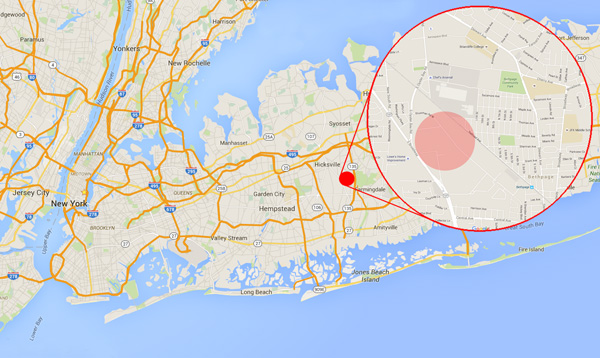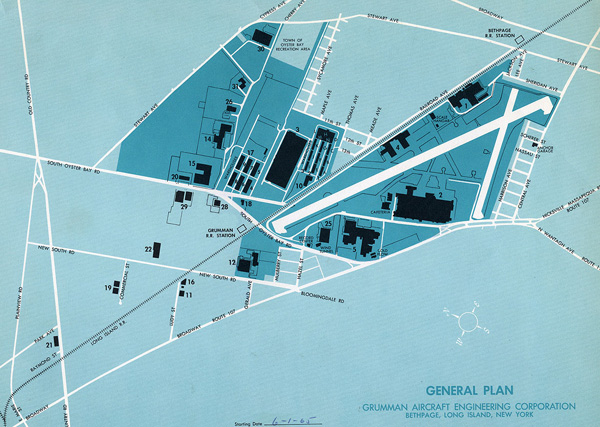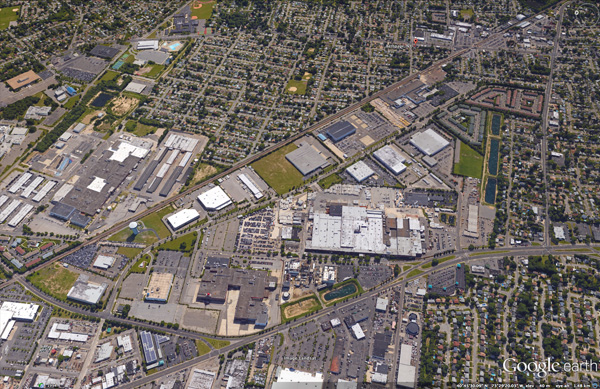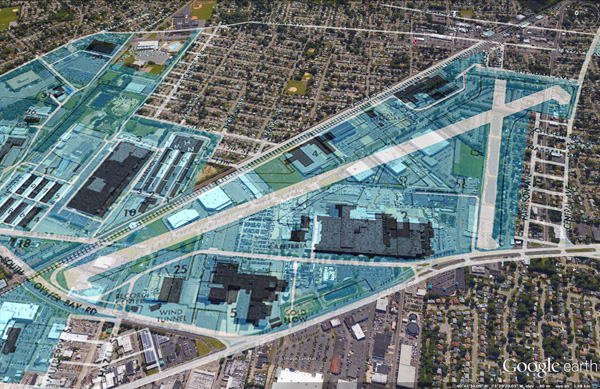New York’s links to the epic Apollo story
06/04/2016
Without a doubt, mankind’s finest moment began on May 25, 1961, shortly after Alan Shepard’s historic flight, when President John F Kennedy told Congress, “This nation should commit itself to achieving the goal, before this decade is out, of landing a man on the moon and returning him safely to the earth.” Eight years and 58 days later – and with just 164 days to spare – his vision was realized when Apollo 11 touched down on the surface of the moon and Neil Armstrong and Buzz Aldrin stepped out.
The Space Race had actually already begun by this point, but only just. On April 12, 1961, Soviet cosmonaut Yuri Gagarin became the first person in space taking with him the Cold War into orbit and beyond. Kennedy, in his infinite wisdom, used this post-WWII paranoia to skillfully position public interest, so the population would accept and support his ambitious lunar dream. And ambitious it was, but not impossible. The solo astronaut Mercury program had already started and next would come a new spacecraft and a series of two-man missions known as Gemini. (A quick, effective and thoroughly entertaining way to learn more about the legendary Mercury astronauts is to watch an epic movie called The Right Stuff.) The next stage in the grand scheme of things was to design, build and fly the spacecraft that would eventually take astronauts to the moon, in what would become known as the Apollo missions.
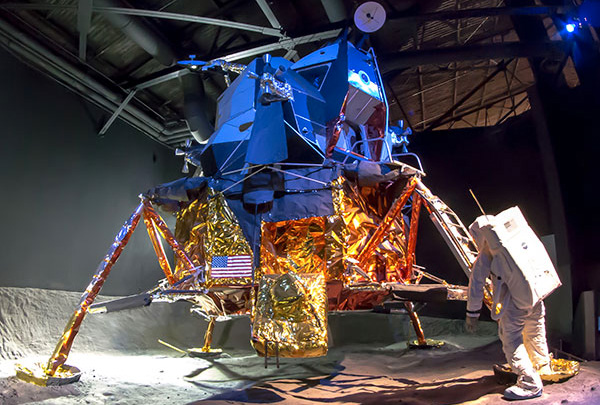
The actual unused LM13, originally designated for Apollo 18 at the Cradle of Aviation Museum
This was no mean feat. Companies all across America competed for the contracts to construct every element required, from the environment suits and life support to the rocket engines and landing craft. At first, all manner of ideas were thrown around on how to actually get to the moon, until one bright spark by the name of Tom Dolan put forward the idea of what’s called “lunar orbit rendezvous” based on an theory first proposed in 1916 by Ukrainian rocket theoretician Yuri Kondratyuk. Largely dismissed by scientists as impractical, unworkable and even unsafe, Dolan’s idea caught the attention of John C. Houbolt, who persisted, eventually winning over NASA management and as history has shown, the idea worked.
Consequently, this method required a lunar landing component; a spacecraft that could separate from the orbiting command module and actually touch down and take off from the surface of the moon. The tall task of designing, building, testing and delivering the Lunar Excursion Module – which was later shortened to just Lunar Module, but remained known as the LEM by many involved in its conception – was awarded to Long Island-based Grumman Aircraft Engineering Corporation, which had proved itself in World War II by producing many of the fighter aircraft used in the Pacific theatre. By contrast, the Apollo Command Module was being developed as far away as it possibly could be, on the opposite side of the country, in Downey, Los Angeles, by North American Aviation.
There’s a little-known TV mini-series made in 1998, shown on HBO and produced by Tom Hanks, a self-confessed space buff, called From the Earth to the Moon that shows different stages in the Apollo space program through 12 episodes and a variety of unique viewpoints, including the tragic fire and finger-pointing that followed the Apollo 1 accident, Alan Shepherd’s return to the program with Apollo 14, the missions from the astronaut’s wives’ perspective and one episode, simply entitled Spider that shows the story of the development of the Lunar Module from the Grumman facility in Bethpage, Long Island, led by aerospace engineer Tom Kelly, played convincingly by Matt Craven.
The Lunar Module proved its mettle of course when the crew of Apollo 13 were forced to rely on it as a lifeboat, when an oxygen tank explosion crippled their Service Module a little over two days into the mission and 203,980 miles from Earth. However, the single, most complex piece of machinery ever built was not without its development problems. The first test flight, a low Earth orbit, was delayed by eight months and ultimately became part of the Apollo 5 mission and the first manned flight in orbit was also delayed four months and became part of the Apollo 9 mission. Despite these and other setbacks, not one single system on the Lunar Module ever failed at any time during the entire Apollo program, a claim that can’t be matched by any other element on any mission.
Since those long-gone days of daring deeds, a lot has changed and Grumman has moved, merged and remodeled itself and much of the area that made up the “Ironworks” as it was affectionately referred to by locals and employees, has been redeveloped. However, a drive all the way to Bethpage and close inspection of the grounds can still reveal some interesting things. The drive itself takes roughly between two and three hours, depending very much on traffic. Taking the Brooklyn Bridge across the East River does mean you won’t have to pay a toll, but also means you’ll hit congestion between the bridge and the 495. Then it’s just all the way along the Long Island Expressway.
A reasonably thorough search online will turn up one or two discussion forums and blogs about the old Grumman site and even provide a few good pics. And when you take those and overlay them with images from Google Earth, you get an idea of how much has changed and exactly where some things still are.
A composition of the old site map and the Google Earth image shows clearly how many of the original buildings still remain, but the two runways have now been built upon and from first hand experience of driving round and round this site, I can safely say it’s a fairly full industrial complex now.
However, building 5, visible towards the bottom of the image, is where the Lunar Modules were actually constructed. It was big enough to contain the construction of three separate modules at a time. Today, it makes up what’s called the Grumman Studios, a huge indoor film and television studio that takes full advantage of the enormous building size. According to the website, The Amazing Spiderman, The Avengers and The Bourne Legacy are among the movies that have been filmed there. Something very similar has happened at the former Rockwell International plant, where the Apollo Command Module was built and was later turned into Downey Studios, although that’s now being knocked down to make way for a shopping centre.
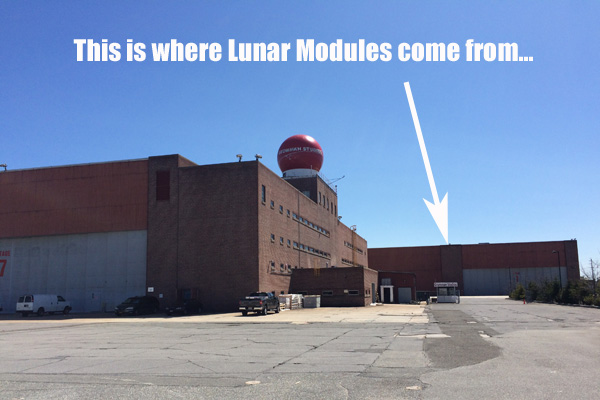
Building 5 as it looks today
As long as there isn’t a movie being shot or even a presidential candidate campaign rally (can you believe Donald Trump was holding a rally the day after my visit) and providing you explain exactly what you’re doing to the roving security cars, then you should be able to drive right up to the building. Altogether, there’s seven studios, or at least seven giant studio doors marked with numbers, starting with one, where the arrow is pointing in the picture above, all the way anti-clockwise around the building until you get to studio 7, which is the one in front in the picture above.

An old pic of building 5, or plant 5, from the collectspace.com site
Incidentally, there’s a brief explanation of Grumman’s link to the space program on its official site here. And lest we forget this is also where the F-14 Tomcat came from. Without a doubt, the single coolest fighter jet ever created.
The other absolute must-see while you’re here is the commemorative plaque. It’s not very big and none of the blogs or discussion forums actually tell you where it is…and I drove past it at least three times before I saw it, so I’ll save you the trouble I went through. On the south-east corner of South Oyster Bay Road and Grumman Road West, opposite Hazel Street is this…
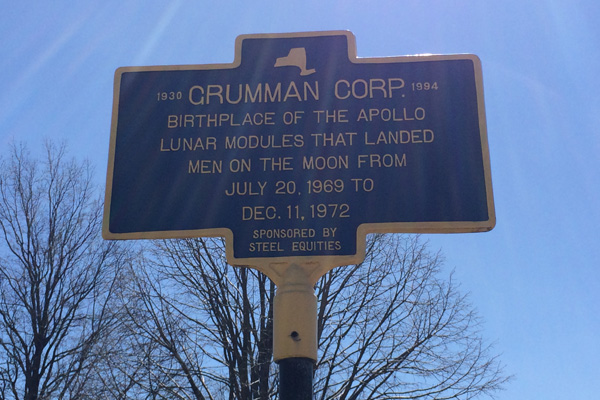
There’s another plaque, in a totally different location, that says, “Grumman: 1930-94 On December 7th 1941, while Pearl Harbor was under attack, this assembly bldg#2 was dedicated to build the TBF Avengers and F6F Hellcats” and it’s around the back of the site on a road simply called Grumman Airport, on the east side, inbetween Eglevsky Ballet Company and USPS Logistical and Distribution Center. But this is the one I came to see.
